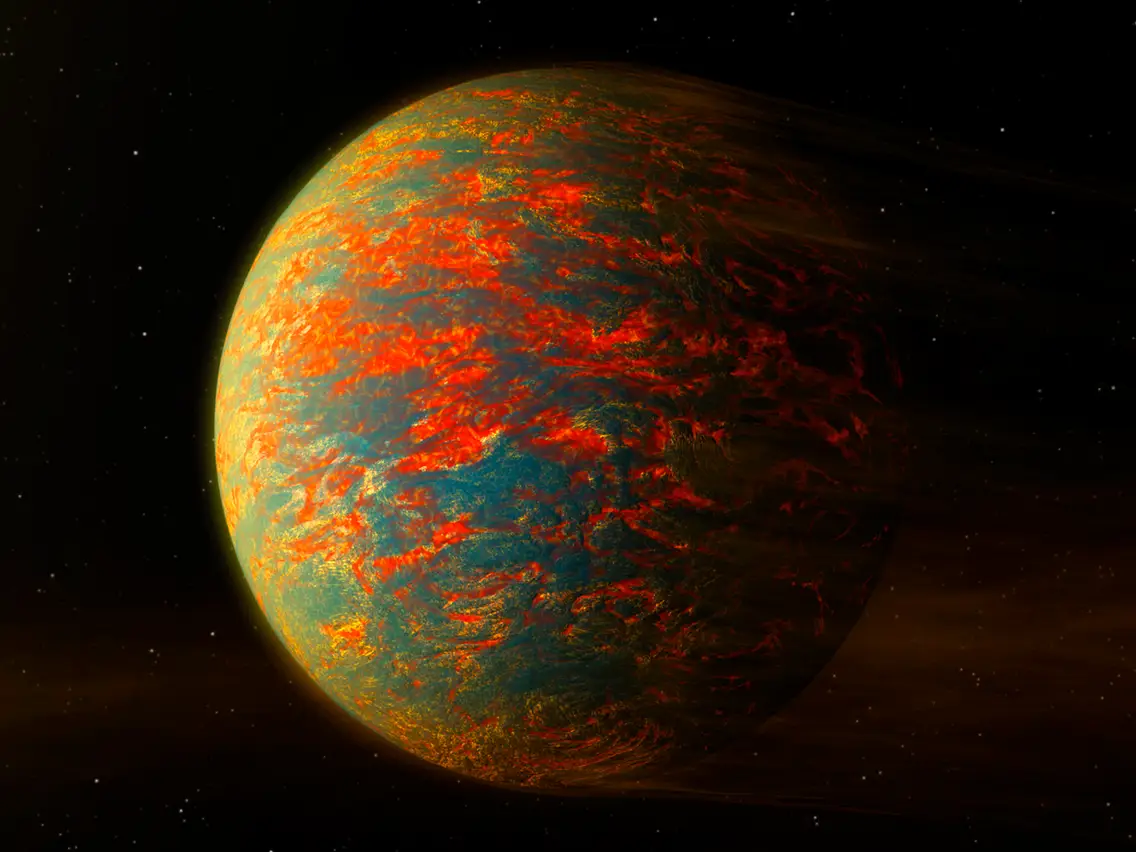Introduction:
The search for life beyond Earth has been a topic of fascination for centuries. From the earliest civilizations to modern-day scientists, we have looked to the stars and wondered: are we alone in the universe? Recently, a team of scientists made a groundbreaking discovery that brings us one step closer to answering that question. They have found super-Earths, planets that are larger than our own but still rocky and potentially habitable. In this article, we will explore the fascinating world of super-Earths, the search for extraterrestrial life, and the implications of this new discovery.
What Are Super-Earths?
Super-Earths are planets that are similar to Earth but have a greater mass. They are typically composed of rock and metal and are believed to be more common than Earth-sized planets. Super-Earths can have up to ten times the mass of Earth, but they still fall within the range of rocky planets.
These planets are located in the habitable zone of their star, which is the area where the temperature is just right to support liquid water. Liquid water is a key component for life as we know it, so the presence of super-Earths in the habitable zone is a promising sign that they could support life.

The Search for Extraterrestrial Life:
The search for extraterrestrial life has been an ongoing mission for scientists for decades. In recent years, with advances in technology and space exploration, we have made significant progress in our search for life beyond Earth. One of the key areas of research is exoplanets, which are planets that orbit stars other than our Sun.
NASA’s Kepler and TESS missions have been instrumental in the discovery of exoplanets, including super-Earths. These missions use transit photometry to detect small dips in the brightness of a star as a planet passes in front of it. This technique has allowed scientists to discover thousands of exoplanets, including many in the habitable zone of their star.
Planetary habitability is another important area of research in the search for extraterrestrial life. Scientists are looking for biosignatures, which are chemical or physical signs of life that can be detected from a distance. These could include the presence of oxygen or methane in a planet’s atmosphere.
The Implications of the Discovery:
The recent discovery of super-Earths has significant implications for the search for extraterrestrial life. These planets offer a new avenue for exploration and could potentially support life beyond our solar system. The fact that they are similar in composition to Earth increases the likelihood that they could support life as we know it.
One of the most exciting aspects of this discovery is the potential for finding intelligent life. While the search for biosignatures is important, the discovery of intelligent life would be a game-changer for our understanding of the universe.
The search for intelligent life is the basis for the SETI program, which stands for Search for Extraterrestrial Intelligence. This program uses radio telescopes to scan the skies for signals that could be from an extraterrestrial civilization. The discovery of super-Earths in the habitable zone of their star could provide new targets for the SETI program.
Conclusion:
The discovery of exoplanets, particularly super-Earths, has opened up a new world of possibilities for astrobiology and the search for extraterrestrial life. The possibility of finding a planet with similar characteristics to Earth, such as being in the habitable zone, having liquid water, and potentially harboring biosignatures, is an exciting prospect that could change our understanding of the universe and our place in it.
Thanks to the technological advancements made by missions such as Kepler and TESS, we are now able to detect these planets and study their atmospheres in greater detail. The discovery of Proxima Centauri b, a rocky planet in the habitable zone of our closest neighboring star, has sparked interest in studying exoplanets around red dwarf stars.
The search for intelligent life and the development of SETI continue to push the boundaries of our understanding of the universe. While we have yet to find concrete evidence of extraterrestrial life, the discovery of exoplanets and the potential for habitability gives us hope that life beyond Earth may exist.
Source link:-
https://exoplanets.nasa.gov/what-is-an-exoplanet/planet-types/super-earth/

1 thought on “Super-Earths Scientists Find PLANETS Better Than Earth for Life”